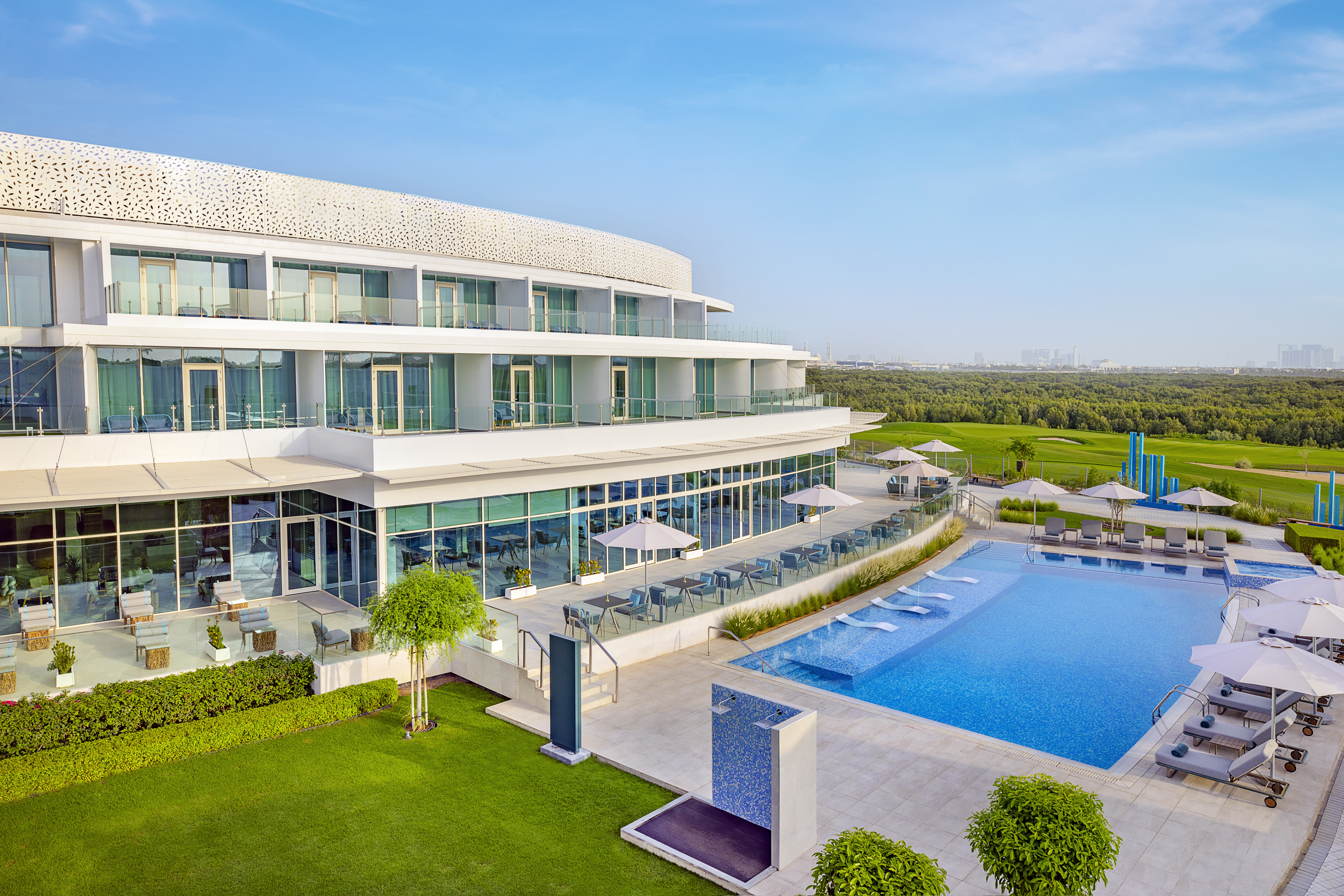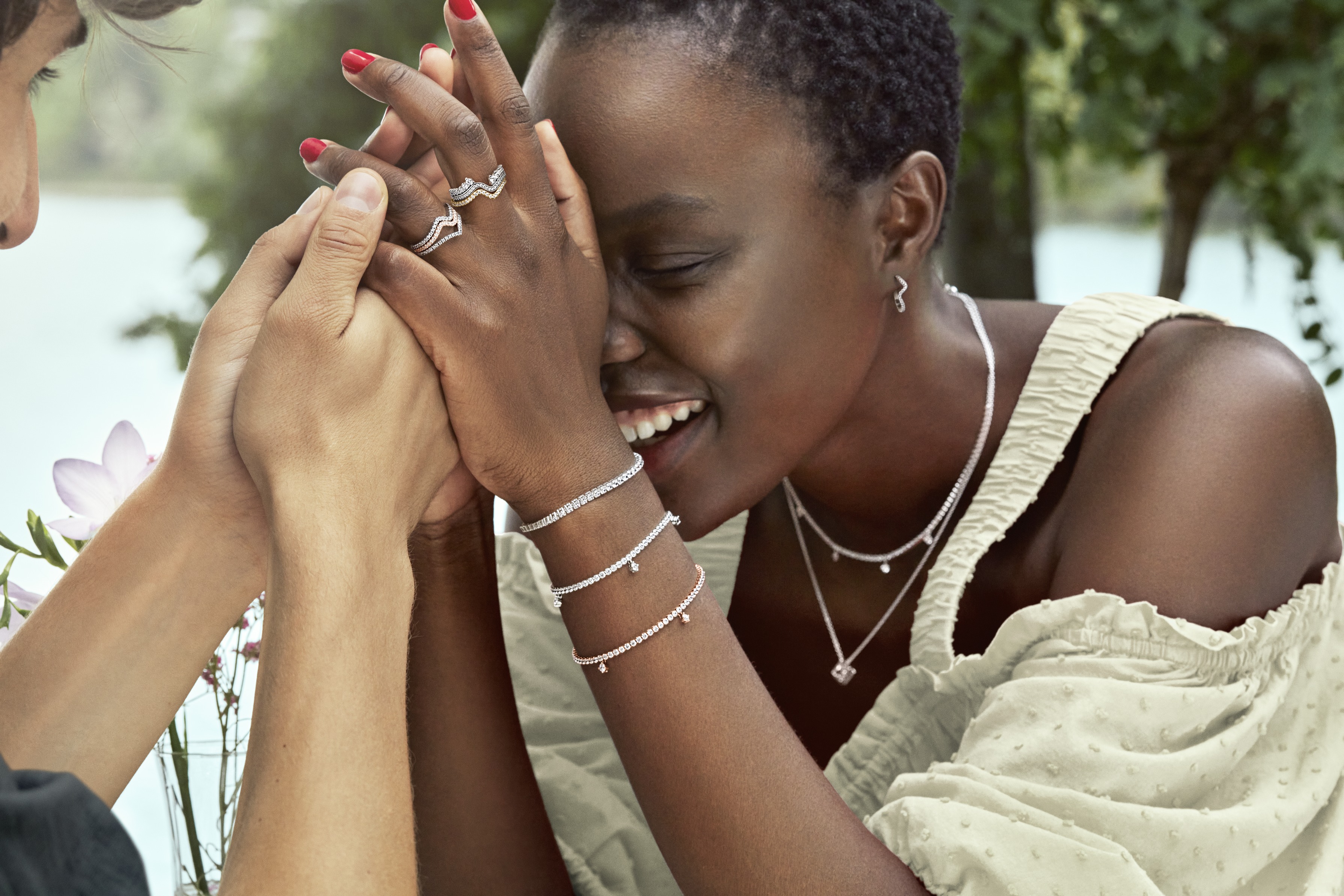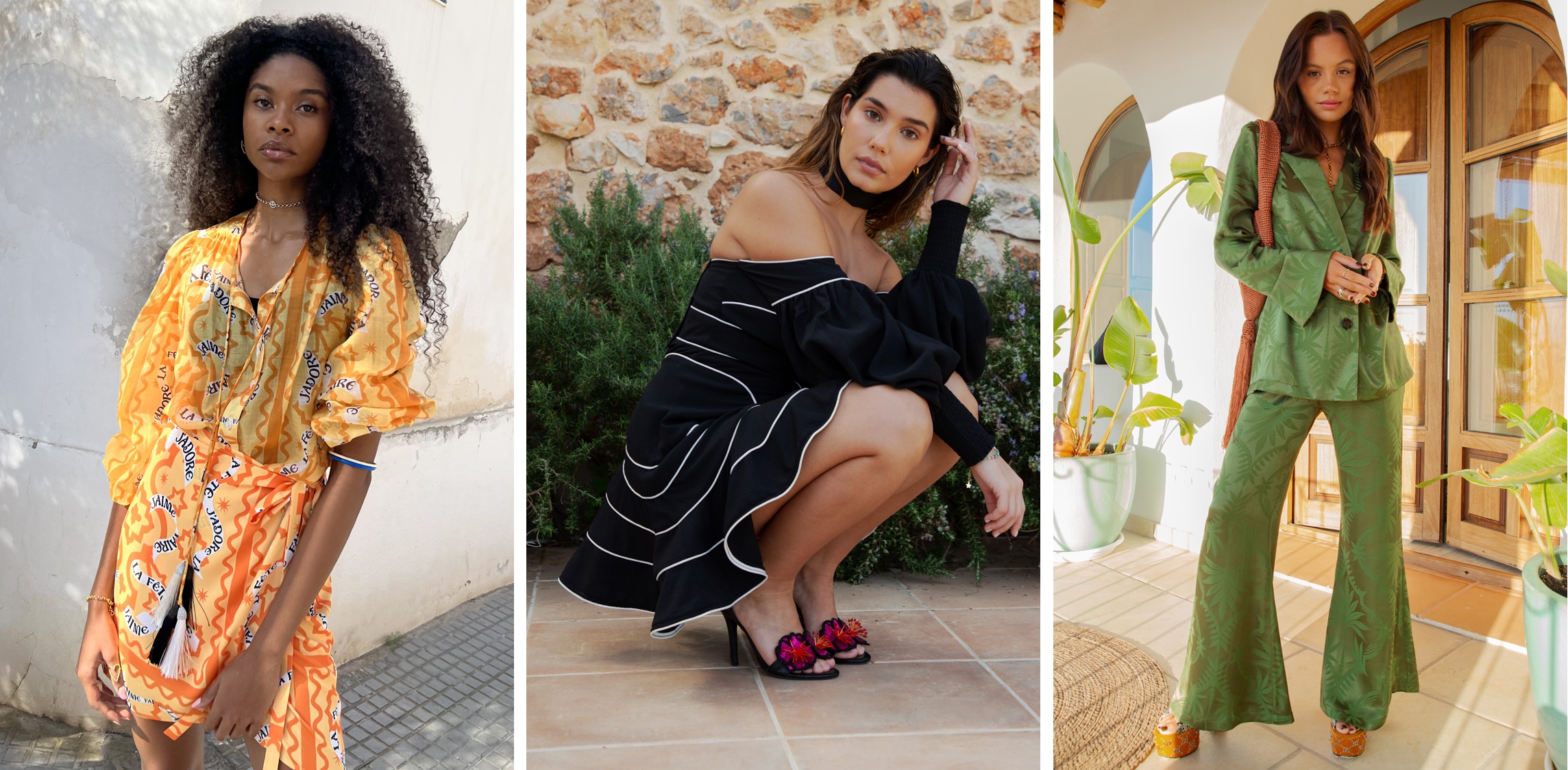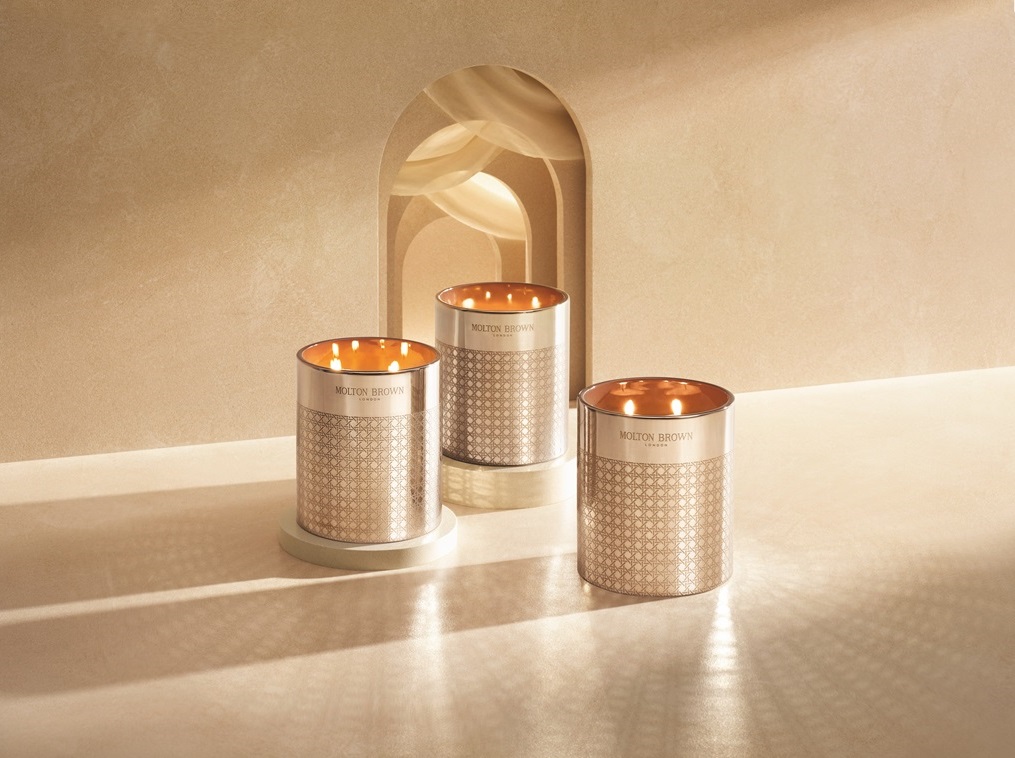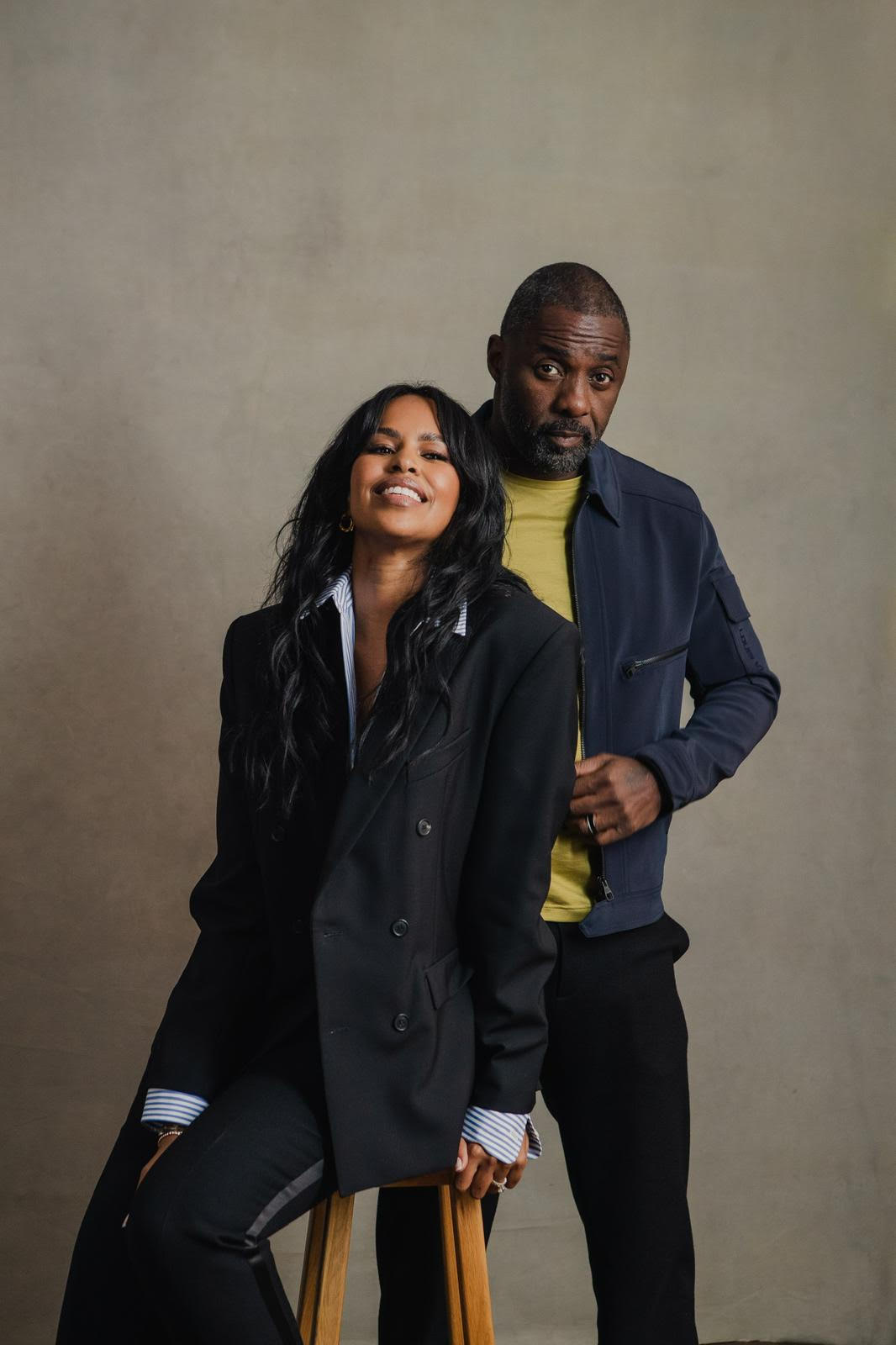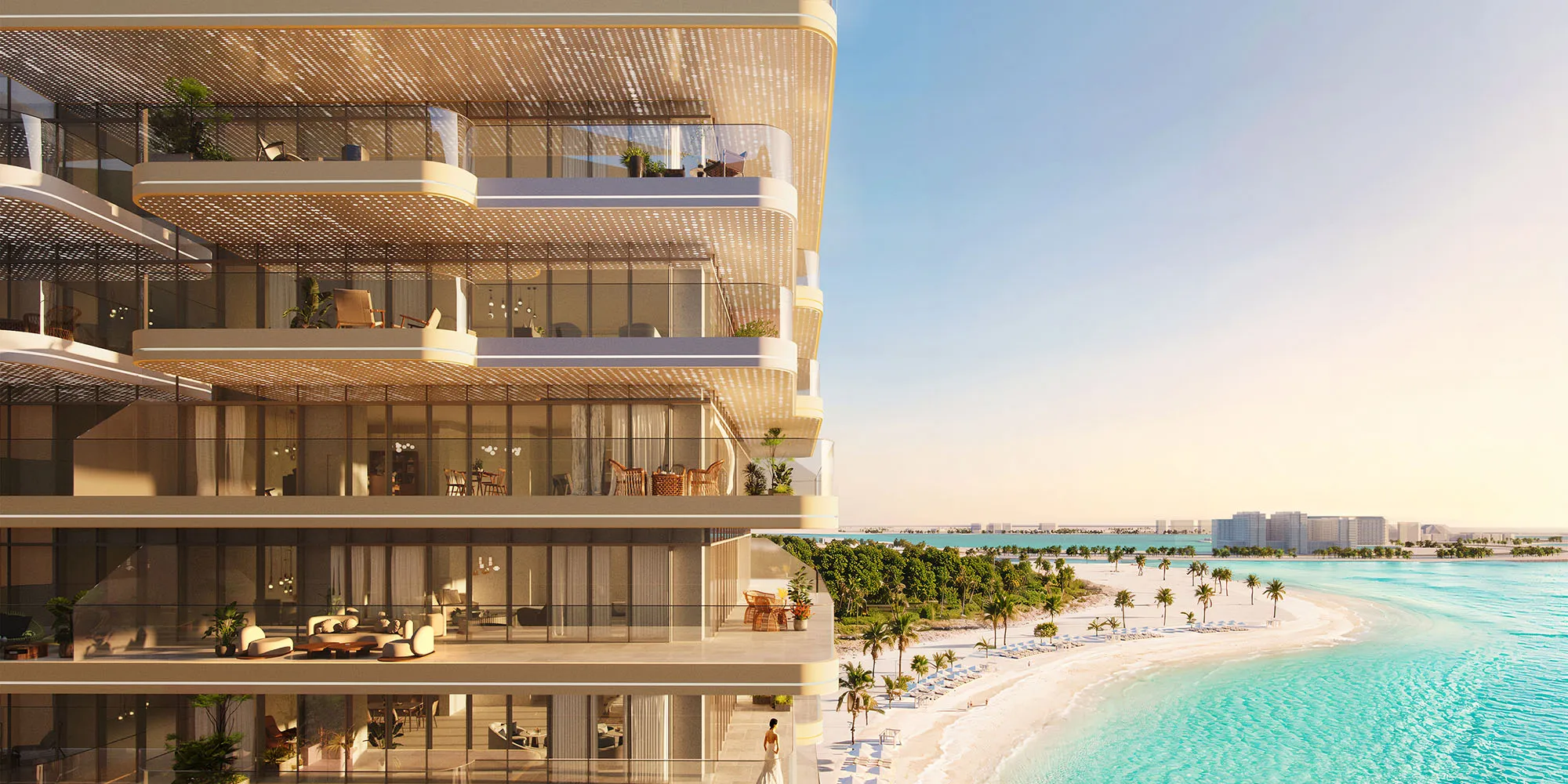Keeping An Eye On Your Vision
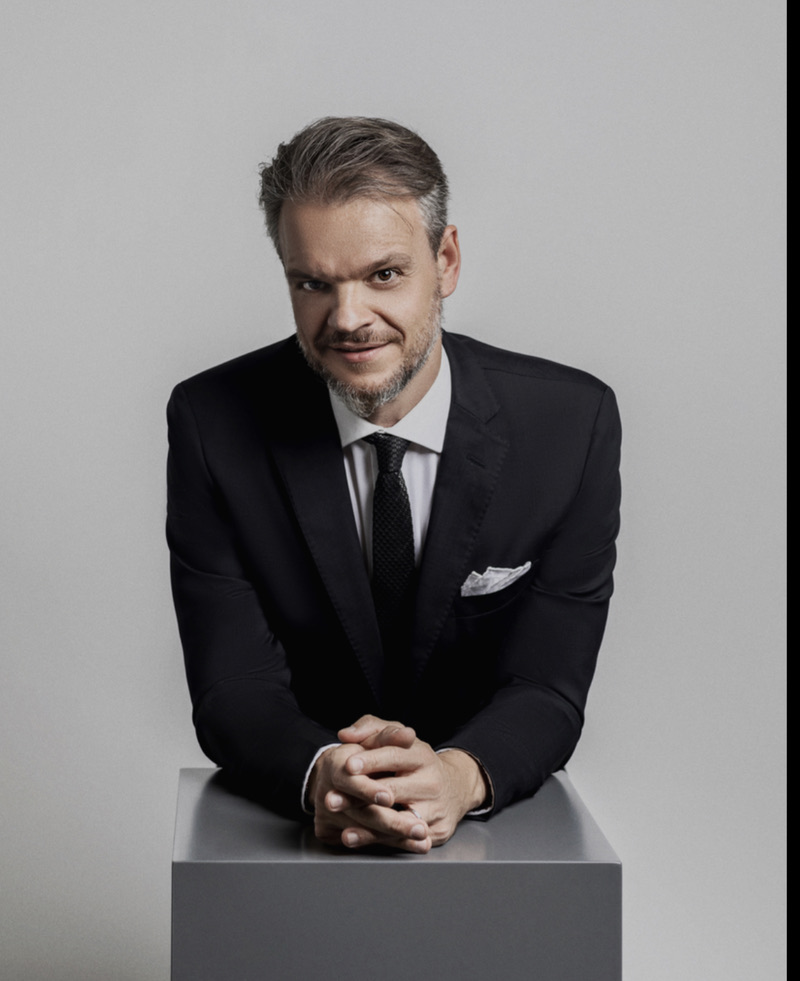
Delna Mistry Anand: What has been your inspiration to follow the path of eyewear entrepreneurship?
Gian: My professional journey was deeply influenced by where I grew up and spent my childhood, in Italy, a place known for its eyewear district. My father ran a small factory making metal frames long before I was even born. Eyewear was a constant topic of conversation at home for as long as I can remember; I spent my summers working in the factory and my winters helping whenever I was not at school, which shaped my thinking and further piqued my interest in the space.
From founding Bacaro to leading Vision Industry, what pivotal moments in your opinion, define your journey?
Starting with the establishment of my first eyewear brand, Bacaro, in Venice in 2003, to setting up an optical chain, Italia Optique, in Cameroon two years later, marked a significant chapter in my career. The turning point came in 2007 when I joined Optitalia Group in Dubai, a leading eyewear distribution company. In my role as Managing Director, I spearheaded the setup of the retail division, culminating in the creation of Vision Industry, a pioneering concept store launched in Mall of the Emirates. In a way, Vision Industry is the culmination of all those years and experiences in this incredible field.
What has been the most creative and unique aspect of your work?
That would most definitely be conceptualizing and launching our Design Lab; which is a unique space within the store where customers can engage with artisans to design the perfect frame from scratch. From the initial meeting, where sketches are drawn on a blank canvas, to the production of a mock-up in approximately five days, customers actively participate in the design process. We follow an iterative approach to ensure the perfect fit. This involves trying on the mock-up, revising as necessary, and ultimately delivering a uniquely designed frame after about ten days. We’re so proud that currently this experience is exclusive to Vision Industry.
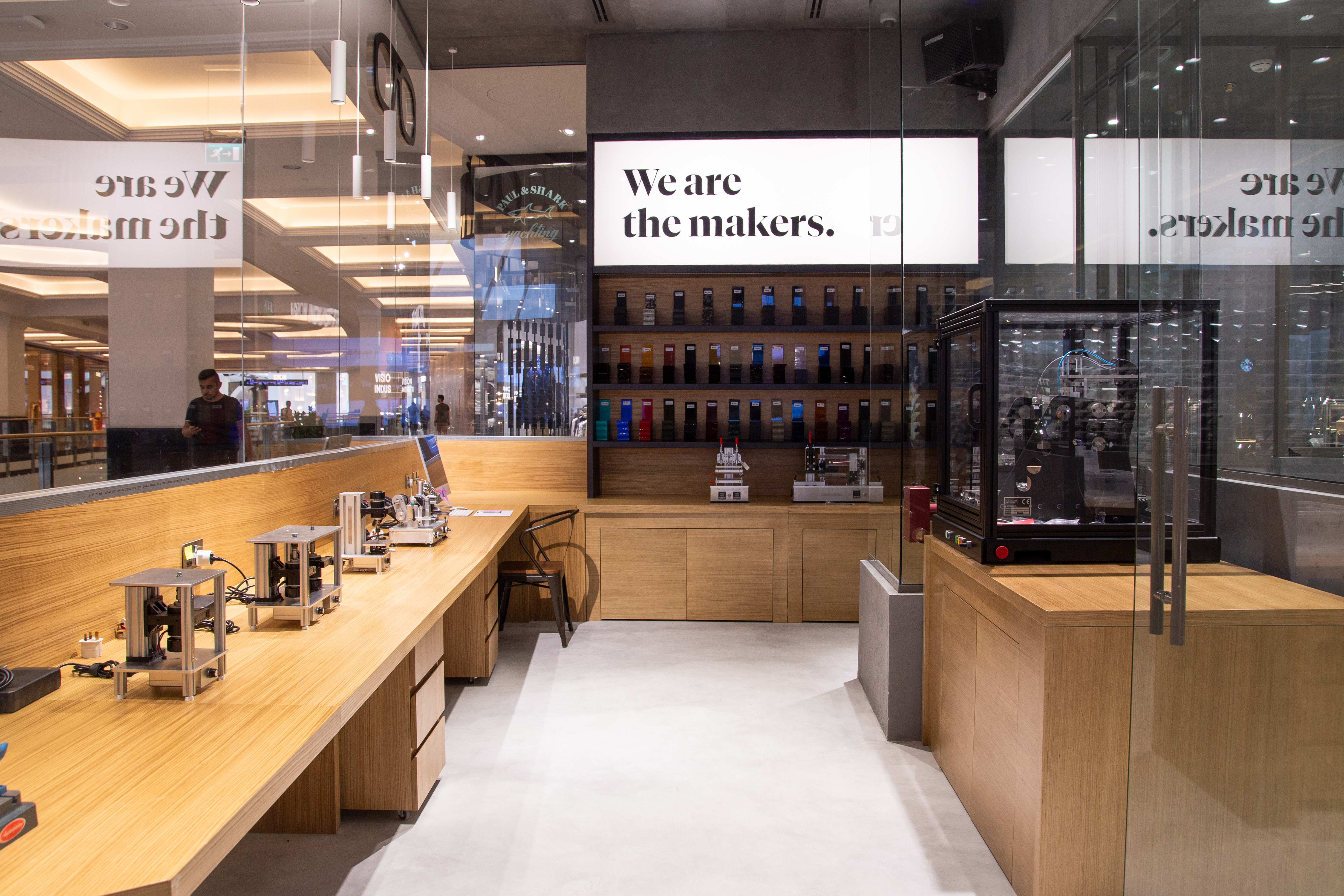
“Conceptualizing and launching our Design Lab has been an incredibly rewarding experience. It is the only space in this region where customers can engage with artisans to design the perfect frame from scratch”
As someone who is passionate about eye health, what in your opinion are the main concerns especially during harsh summer weather in this region? How does intense sunlight during summer affect the eyes?
During this harsh summer weather in the Middle East, several eye health concerns arise primarily due to intense sunlight and dry conditions. Here are the main concerns and effects of intense sunlight on the eyes.
The main concern is UV Radiation Exposure; the Middle East experiences extremely high levels of ultraviolet (UV) radiation during summer. Prolonged exposure to UV rays can lead to various eye problems such as photokeratitis (similar to sunburn of the cornea), cataracts, and damage to the retina. There is also the risk of Dry Eye Syndrome. The hot and dry climate prevalent in the region exacerbates dry eye syndrome. High temperatures and low humidity can cause tears to evaporate quickly, leading to symptoms like irritation, redness, and a gritty sensation in the eyes. Chronic exposure to UV rays is a significant risk factor for developing cataracts. In the intense sunlight of summer, the eyes are exposed to higher levels of UV radiation, which can accelerate the development of cataracts over time. It is important to be aware and take adequate care at all times.
Can prolonged exposure to UV rays without sunglasses increase the risk of developing eye diseases?
For sure, prolonged exposure to UV rays without wearing sunglasses can indeed increase the risk of developing several eye diseases and conditions.
To mitigate these risks, it's crucial to wear sunglasses that block 100% of UV rays whenever you are outdoors, especially during peak sunlight hours and in environments with highly reflective surfaces (such as snow, water, and sand). UV protection sunglasses not only shield the eyes from direct UV rays but also help protect the delicate skin around the eyes from sun damage.
What precautions can one take to protect their eyes during outdoor activities in the summer, such as swimming or going to the beach?
Choosing sunglasses labeled with UV protection (UV 400 or 100% UV protection) ensures that they block both UVA and UVB rays effectively. This proactive measure significantly reduces the cumulative damage caused by UV exposure and helps maintain better long-term eye health. A wide-brimmed hat or cap can provide additional shade to your eyes and face, reducing direct UV exposure. If swimming outdoors, especially in open water or in pools with high chlorine levels, wear goggles or swim masks that offer UV protection. This protects your eyes from both UV rays and potential irritants like chlorine or saltwater.
“During this harsh summer weather in the Middle East, several eye health concerns arise primarily due to intense sunlight and dry conditions. UV Radiation Exposure is a key concern”
How else can we support our eye health?
Staying hydrated is crucial for overall health, including maintaining good eye health, especially during hot summer days.
Adequate hydration helps maintain the production of tears, which are essential for keeping the eyes lubricated and comfortable. Tears also contain proteins and enzymes that protect against infections and promote healing.
Dehydration can lead to dry eye syndrome, where the eyes do not produce enough tears or the tears evaporate too quickly. This condition can cause symptoms such as irritation, burning sensation, redness, and a gritty feeling in the eyes.
Well-hydrated eyes are more comfortable. They are less likely to feel dry, itchy, or strained, especially when exposed to environmental factors like dry air, wind, and dust, which are common during hot summer days.
And finally, please share your valuable tips on selecting sunglasses to ensure optimal eye protection.
When purchasing a pair of sunglasses, consider the below factors or speak to one of the store assistants for guidance.
1. Lens Quality: Opt for sunglasses with high-quality lenses that are distortion-free and provide clear vision. Polycarbonate or Trivex lenses are excellent choices as they are impact-resistant and provide good optical clarity.
2. Lens Color and Darkness: Lens color and darkness are more about personal preference and specific activities rather than UV protection. Darker lenses can reduce glare in bright conditions, but UV protection is not necessarily linked to lens darkness.
3. Lens Coverage: Choose sunglasses that provide sufficient coverage for your eyes and the surrounding areas. Wrap-around styles or large lenses can offer better protection by minimizing UV exposure from all angles.
4. Polarization: Polarized lenses can reduce glare from reflective surfaces such as water, snow, or pavement. While they enhance visual comfort, polarization itself does not necessarily provide additional UV protection.
Fit and Comfort: Sunglasses should fit comfortably and securely on your face. They should not pinch behind your ears or on your nose, and they should sit evenly on your face without slipping. Nose pads and temple tips should be adjustable for a proper fit.
